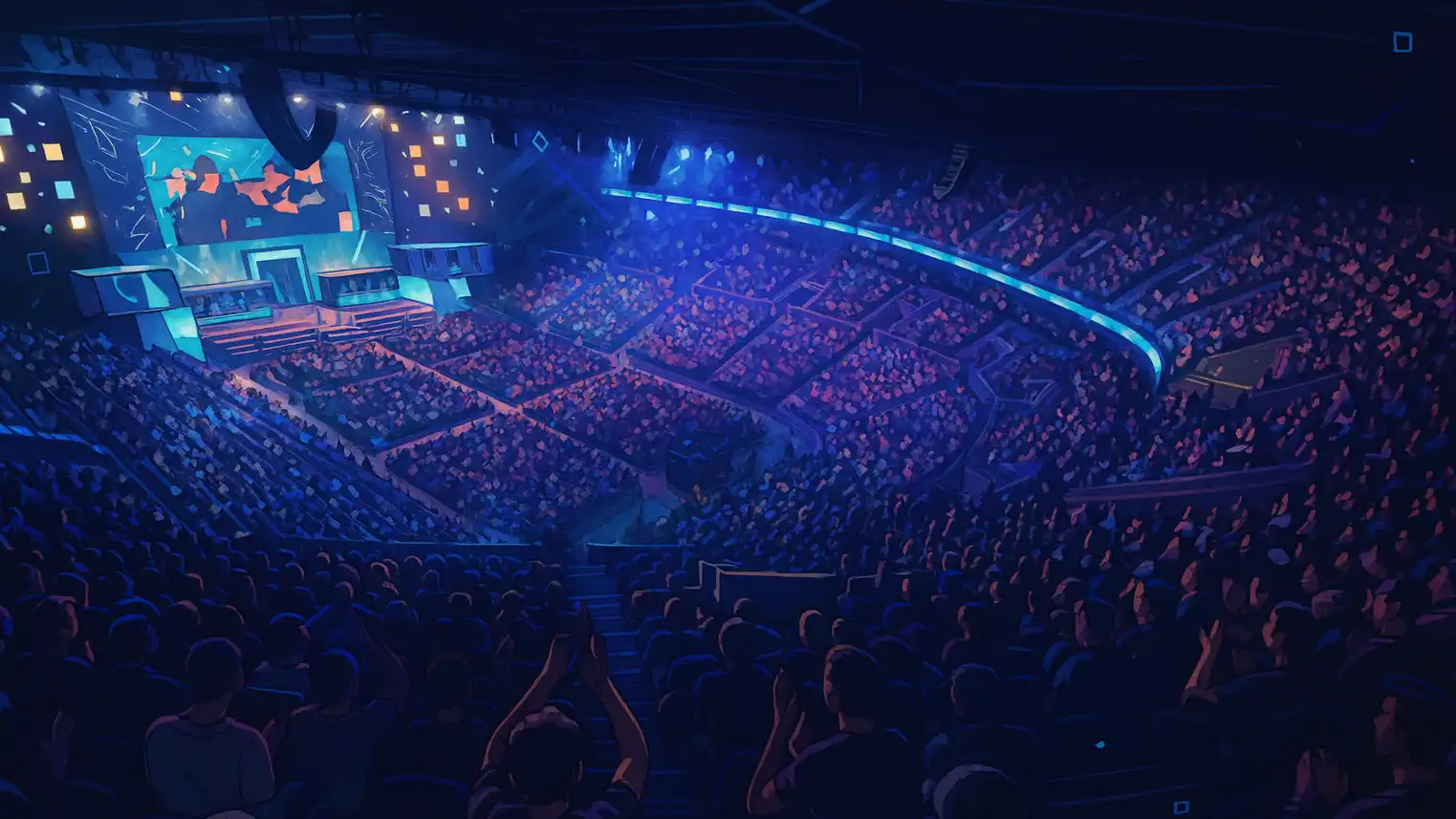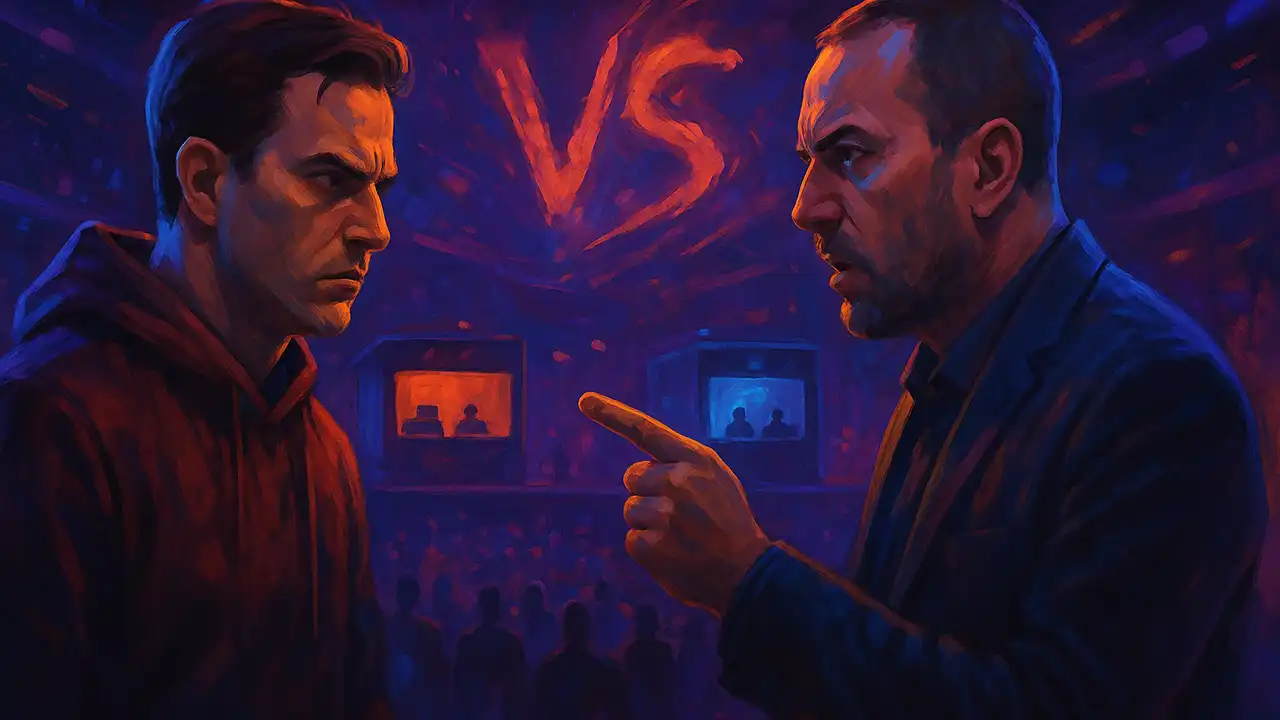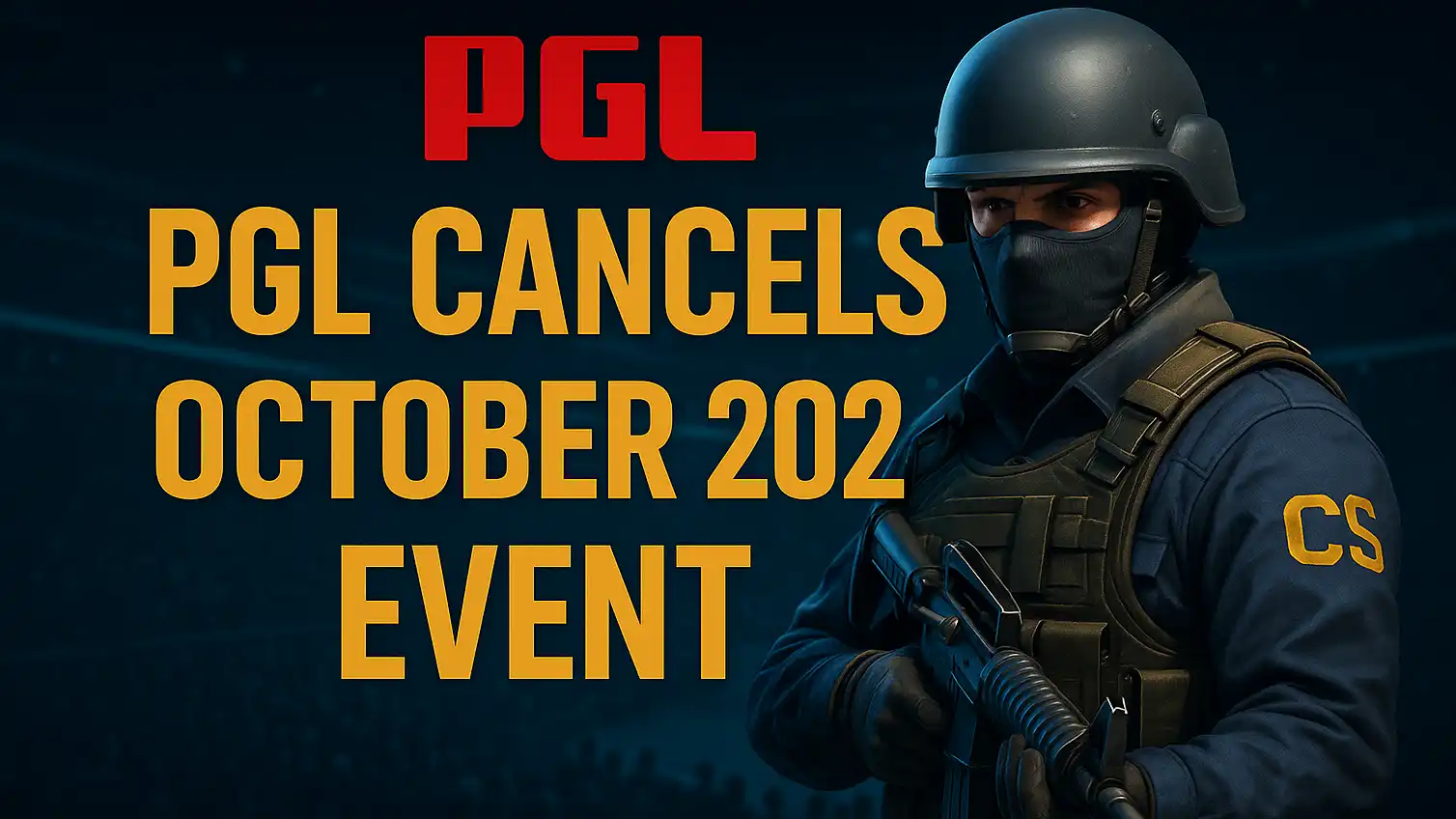PGL Unveils Ambitious Eight “Tier-One” Event Calendar for 2028

PGL Unveils Ambitious Eight “Tier-One” Event Calendar for 2028
Tournament organiser PGL has raised the stakes for competitive Counter‑Strike 2 (CS2) by announcing that in 2028 it will host eight Tier-one events — a major expansion of its tournament footprint. Additionally, PGL confirmed the addition of two more events to its 2027 schedule and revealed an expanded English-language broadcast strategy for its flagship Asia Championships.
What exactly did PGL announce?
According to the announcement, PGL will run eight Tier-one events in 2028, setting the highest number it has publicly confirmed so far.
For 2027, the company is adding two extra tournaments: one scheduled for the period September 1-13 and another for October 6-18. The Asia Championships will now feature full English-language broadcast support, signalling PGL’s intent to strengthen its global reach.
The move aligns with broader growth in the CS2 ecosystem post-Major transition, and fits within industry trends — for example, another major organiser, ESL, recently revealed six Tier-one events for 2028 in its calendar.
Why this matters for CS2 and the esports ecosystem
This announcement signals several important shifts:
-
Scale and sustainability: Running eight Tier-one events in a single year means PGL is committing to a sustained high-level circuit. This is key for teams, organisations and players needing consistent top-tier LAN opportunities.
-
Global coverage and broadcast infrastructure: With English broadcast added to regional events (Asia), PGL is acknowledging that viewership, content reach and media access are central to long-term viability.
-
Competitive clarity: By publicly promising an eight-event Tier-one schedule, PGL gives stakeholders (teams, sponsors, players) clarity around the roadmap and long-term planning.
-
Market positioning: As ESL also expands its footprint in 2028, PGL’s announcement underscores that CS2’s Tier-one space is becoming more structured, more predictable and more mature. For organisations making roster or investment decisions, these signals are meaningful.
What we know (and don’t) about the upcoming events
While the headline number is clear (eight events in 2028 + two added events in 2027), there are still many details to surface:
-
Event names / locations / dates: PGL has not yet publicly confirmed the cities, exact dates or prize-pools for each of the eight 2028 events.
-
Tier-one definition and prize-pool size: “Tier-one” implies a standard of prize-money, calibre of teams, viewership and broadcast production — but PGL has not disclosed clear thresholds in this announcement.
-
Overlap with Majors and other circuits: It remains to be seen how these events will coordinate with Majors (Valve-sponsored), ESL, BLAST, and other major seasons — scheduling, roster commitments and team fatigue are ongoing topics in the ecosystem.
-
Regional balance: The addition of the Asia Championships English broadcast suggests regional growth is in focus, but whether the eight events will be globally distributed (Europe, Americas, Asia, Middle-East) remains unspecified.
How this fits into the broader landscape
In recent years CS:GO and now CS2 have seen an evolution from a “less-formalised” LAN calendar into a more structured circuit. For example:
-
ESL’s schedule for 2028 comprises six Tier-one events, per its own release.
-
CS2’s first Major (organised by PGL) in Copenhagen in 2024 marked a transition point in how Valve and tournament operators interplay.
-
Third-party reporting (BO3.gg) indicates PGL’s 2027-2028 plans encompass 15 Tier-one tournaments overall.
So PGL’s eight-event announcement should be viewed not in isolation, but as part of a multi-organiser ecosystem working toward calendar stability and growth.
Implications for teams, players and fans
-
Teams benefit from increased LAN exposure, more consistent top-level opportunities, and better planning visibility (travel, budget, roster building).
-
Players can expect more chances at major titles, more broadcast exposure, likely higher prize-pools and more predictable scheduling.
-
Organisations & sponsors: With PGL giving a public roadmap, it becomes easier for commercial partners to commit, activate regionally, and help players & teams build stable revenue models.
-
Fans gain more marquee events to follow — possibly less downtime between big tournaments, more content, and clearer narratives across seasons and regions.
Strategic considerations and risks
While the announcement is ambitious and positive, PGL faces challenges:
-
Event saturation: With more tournaments comes scheduling risk, fatigue among players and dilution of viewer attention. Ensuring each event remains meaningful is critical.
-
Prize-pool and quality differentiation: If all eight events are labelled Tier-one, but some have smaller prize pools or weaker fields, it may create perception issues. PGL will need to ensure standards are maintained.
-
Market competition: With ESL, BLAST and other organisers vying for teams, sponsors and broadcast rights, PGL must differentiate these eight events.
-
Regional logistics: Global LANs implicate travel, visas, bundles of logistic complexity. PGL’s ability to deliver high-quality production in multiple regions will be tested.
Looking ahead and next steps
Given the announcement:
-
Expect PGL to release dates, cities and prize-pools for each of the eight 2028 events in the coming months.
-
Teams and organisations will likely begin roster locking, sponsorship planning and content strategies around the announced circuit.
-
Fans should anticipate a denser calendar of marquee CS2 events, and more broadcast content (especially from Asia).
-
Analysts will monitor whether PGL’s eight-event model sets a benchmark for other organisers, or whether it leads to increased pressure on the ecosystem (teams, budgets, viewership).
Conclusion
PGL’s reveal of eight Tier-one events for 2028 and added events in 2027 marks a major step toward a more predictable, global and high-stakes CS2 tournament landscape. While many details remain to be announced, the move signals commitment — both to teams and to fans — that the CS2 scene is maturing into a more structured esport. For teams, players and organisations, this clarity is welcome. For fans, it promises more high-quality events to follow. The coming months will tell how PGL executes on scale, quality and global delivery.
In sum: the headline may say “eight events” — but the underlying significance lies in stability, global reach, broadcast expansion and competitive opportunity for the future of Counter-Strike 2.



